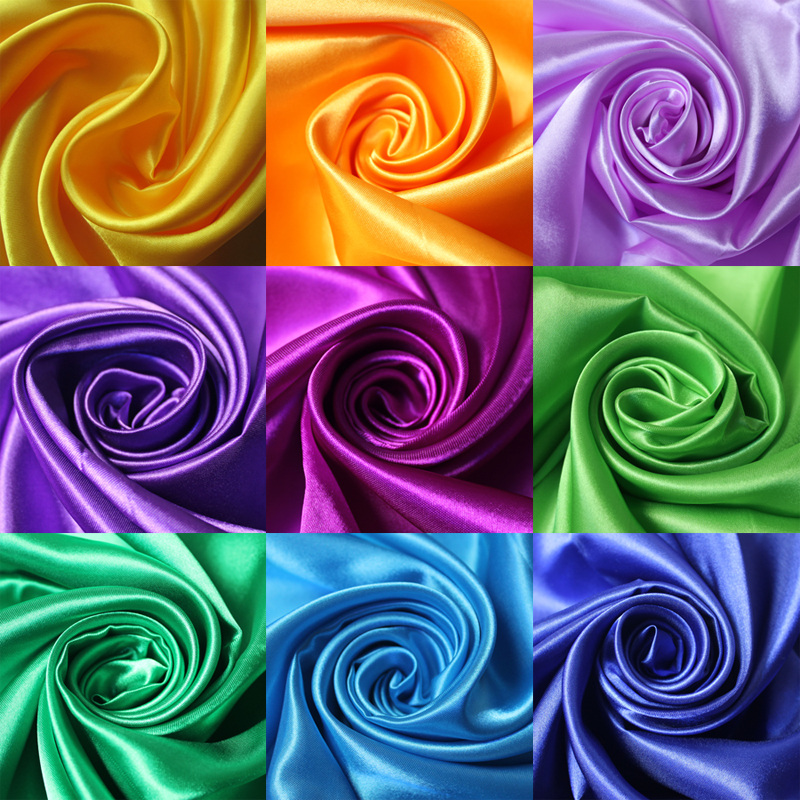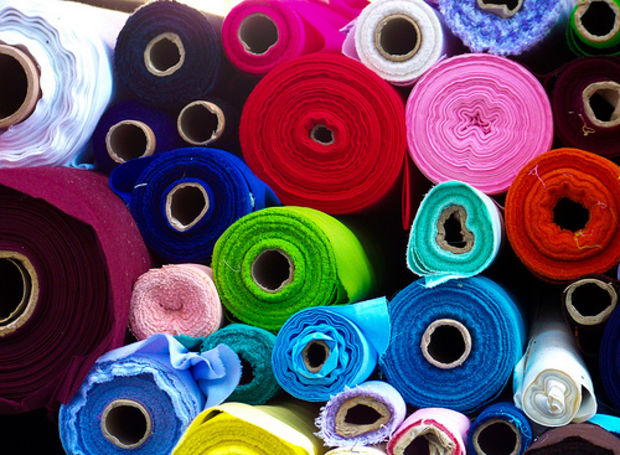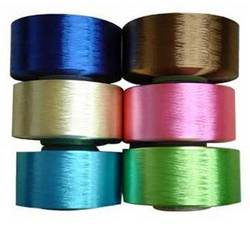Plastic Fibers and Fabrics

Plastic Fiber
Plastic fabrics help put the stretch in skinny jeans and socks, give dress clothes their shimmer, keep outerwear lightweight and water-resistant and enable accessories to be molded into all sorts of funky shapes.
From nylon, polyester and spandex to faux fur, rayon and even recycled plastics, the fashion world has embraced these plastic fabrics and taken design to heights.
Styles and trends change frequently, which is part of what makes the fashion world so fascinating: its ability to reinvent itself, often by utilizing fabrics and materials in new and innovative ways. While many people may not associate plastics with fashion or couture, designers have been using plastic fabrics for a century.
Without plastics, many of today’s fashions wouldn’t be possible. Plastic fabrics help put the stretch in skinny jeans and socks, give dress clothes their shimmer, keep outerwear lightweight and water-resistant and enable accessories to be molded into all sorts of funky shapes.
From nylon, polyester and spandex to faux fur, rayon and even recycled plastics, the fashion world has embraced these plastic fabrics and taken design to heights not imagined at the turn of the century when plastic fibers in clothing first entered the mainstream. Plastic fabrics are revered for their versatility and durability, helping fuel designers’ imaginations and consistently allowing artists to create pieces that are cutting-edge, chic and affordable.
Below are just a few plastic fibers and fabrics.
Plastic Fabric #1: Rayon
Rayon was first developed in Paris in the late 1800s as a man-made alternative to silk. In 1894, British inventors Charles Cross, Edward Bevan and Clayton Beadle patented a practical method of making an improved artificial silk that came to be known as viscose rayon. Avtex Fibers Incorporated produced the first commercial artificial silk or rayon in 1910 in the United States.
This new material was widely used in the early 1900s and acclaimed for its silk-like sheen and draping effects. Rayon also dyed well and often was used to make lingerie for the lower end of the market. Like many plastic fabrics, rayon has endured many new styles and trends though the decades, enjoying a revolution of sorts in the 1970s and 1980s. Today, it is still widely used, often combining with other materials to create velvet, brocade, damask and other fabrics.
Plastic Fabric #2: Nylon
Nylon is a synthetic polymer that was first developed in the 1930s by Wallace Carothers at DuPont. Intended as a replacement for silk, nylon became popular in many products during World War II when silk became scarce, finding uses in military applications such as parachutes, flak vests and ropes, as well as vehicle tires.
Though first sold commercially in a nylon-bristled toothbrush in 1938, it’s more famously known for replacing silk in women’s stockings, which soon took on the generic name “nylons.” Nylon still is manufactured by DuPont and valued for its light weight, incredible tensile strength, durability and resistance to damage. Like other plastic fabrics, it also takes dye easily, making nylon fabrics available in a wide array of colors for consumers.
Plastic Fabric #3: Polyester

Syntheic Fiber
Scrunch it, pull it, wash it—without any wear and wrinkles. In the 1960s and 1970s, polyester was the fabric of choice in a changing economy of speed, efficiency and convenience. The innovation of this plastic fabric led to many revolutionary uses, including, most notably, performance fleece outerwear and the swimsuits used by many of the world’s top athletes.
In addition, polyester can be blended with other fibers such as cotton to create many stylish looks and even recycled beverage bottles can be used to make polyester and fleece, providing the desirable durability of permanent-press traits for modern fashion staples.
Indeed, permanent press is also the result of chemistry. In the 1950s, Ruth Rogan Benerito, a researcher at the Cotton Chemical Reactions Laboratory, discovered certain chemicals could make cellulose fibers wrinkle-resistant. Other scientists fine-tuned her formula and soon, permanent-press fabrics were born.
The use of the polyester dropped off in the late 80s and 90s, but it is experiencing resurgence due to the emergence of luxury fibers like polyester microfiber and various polyester blends, ensuring that versatile polyester has a long life in fashion for years to come.
Plastic Fabric #4: Organza
Organza is a thin, sheer style of fabric traditionally made from silk, but today many organzas are woven with plastic filament fibers such as polyester or nylon. These plastics enable fabrics to be more durable and practical than silk. Organza is a staple of formal dresses and other delicate wardrobe pieces.
Organza has a fluid movement and graceful drape, valued in full skirts and evening gowns, and wraps using organza produce a decidedly sophisticated look. One of the primary applications of organza is in wedding dresses, helping make the big day all the more special. Between wedding attire and uptown evening fashions, organza’s future in the world of fashion is secure.
Plastic Fabric #5: Taffeta
Taffeta dates back to medieval Europe and historically has been made from silk. Today it’s engineered from numerous fibers, including plastics such as nylon and rayon. Taffeta is found in many garments, from the lining of windbreakers to wedding gowns. Many people associate this fabric with luxury and high end garments due to its famously lustrous appearance.
The term “taffeta” actually comes from the Persian words for “twisted” and “woven,” and is believed to have been introduced to Europeans through Persia, a major stop along trade routes.
Iconic Fashions Throughout History Made Possible By Plastic Fabrics

Polyester Yarns
- Patent leather hobo bags
- Stretch body shapers
- Skinny jeans
- Weather resistant trench coats
- Performance fleece jackets
- Faux fur collars and jackets
- Lucite shoes and accessories
- Platform heel shoes
- Vinyl mini skirts
- Mesh sneakers
- Non-iron shirts and T-shirts
- Faux horn-rimmed eyeglasses
